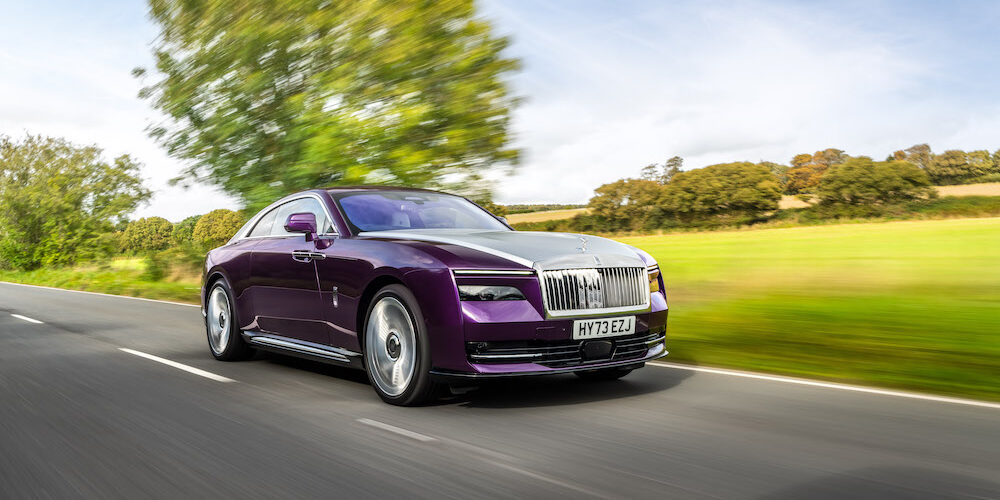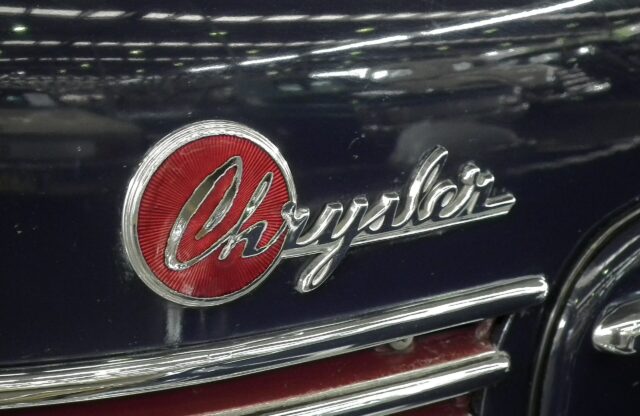WORDS: DAVID LILLYWHITE | PHOTOGRAPHY: MARK FAGELSON
A lot has been made of this, the first-ever all-electric Rolls-Royce. A lot of investment, a lot of development, a lot of eyes watching this initial switch from the marque’s seamless V12 powerplant. But, honestly, it doesn’t feel much different – except for being even smoother and quieter. The new Spectre coupé simply drives like a Rolls-Royce, which of course is how it was always meant to be.
Is there any brand better suited to electric propulsion? As the company’s publicity has been keen to point out, even The Hon Charles Stewart Rolls was a fan, claiming in a 1900 article that: “The electric car is perfectly noiseless and clean. There is no smell or vibration. They should become very useful when fixed charging stations can be arranged.”
We’ll come back to that in a moment, and acknowledge that the current V12 cars aren’t far off being noiseless, odourless and vibration free, to an extent way beyond what Rolls could ever have envisioned. But to sit in the Spectre feels as special as it does in any current Rolls-Royce – thick carpets, four cosseting seats, starlight headliner, wonderfully unobtrusive infotainment and all – and with the same idiosyncrasies.

You can switch on the ‘Rolls-Royce sound’; a just-detectable cyber-growl that I preferred to do without
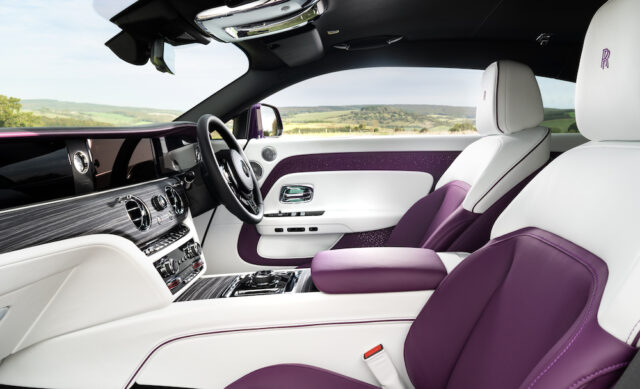
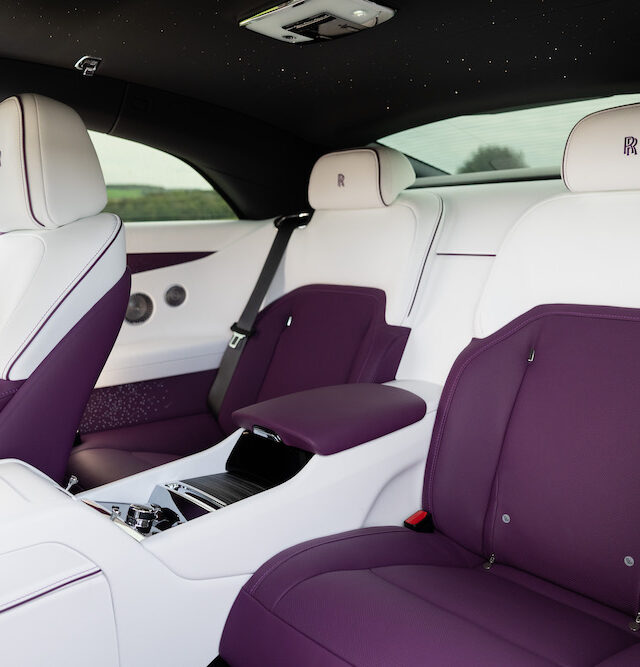
Forward and reverse are selected via the usual slim stalk to the right of the steering column, with Park engaged by pressing the end. Pull it towards you and down, move your foot from brake to accelerator, and away you glide on that gentle, silent wave of torque that’s so familiar to any Rolls-Royce owner. Modulated delivery means there’s none of that unseemly instant, wheelspinning torque so many EVs serve up – but all the same this 2890kg four-seater hits 0-60mph in just 4.4 seconds.
If the silence is too uncanny, you can switch on the ‘Rolls-Royce sound’; a just-detectable cyber-growl that I preferred to do without. What is worth selecting is Brake Mode, via the ‘B’ button on the stalk, which brings in regenerative braking and perfectly judged one-pedal driving. The ride is isolating without feeling remote, so that potholes are barely noticed but corners can be taken surprisingly fast. Occasionally the car will seem to float a little over crests or undulations, but this is rare and never unsettling, and the steering is always perfectly weighted.
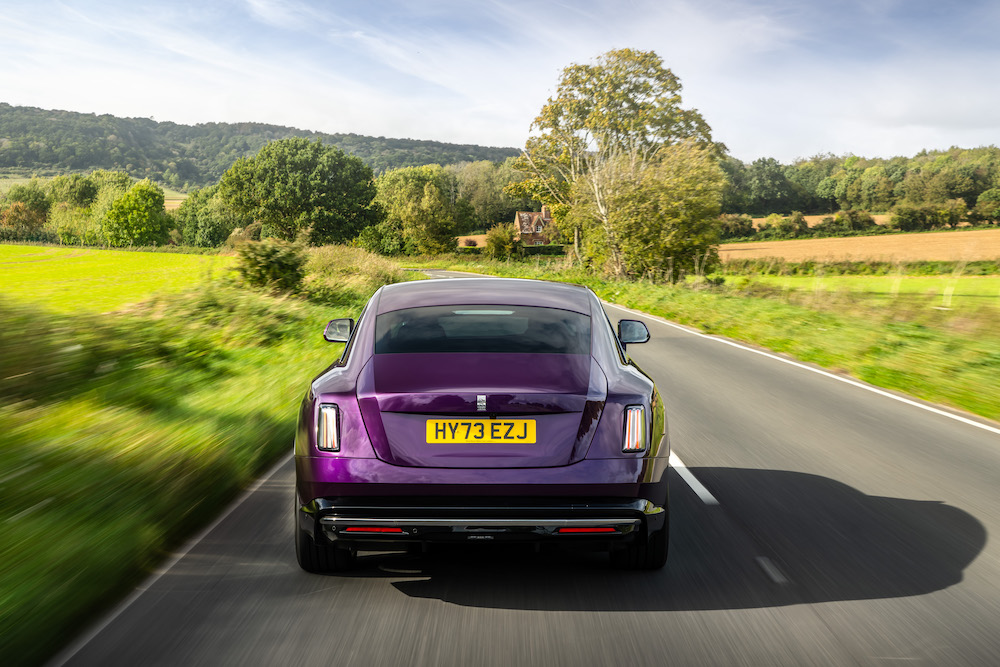
The Spectre sits on the same ‘Architecture of Luxury’ aluminium spaceframe as the rest of the range, adapted to the size of each model – and it’s important to note that it was always designed with electric propulsion in mind, for after 2030 there will be no more internal-combustion Rolls-Royces. Suspension is by air springs and active anti-roll bars, as with the Ghost except without upper wishbone dampers, due to the Spectre’s greater torsional rigidity and lower centre of gravity. For the latter, you can thank the 700kg lithium-ion battery, which powers front and rear electric motors. Their combined output is equivalent to 576bhp and 664lb ft.
Rolls-Royce says the model’s 329-mile WLTP range goes beyond the requirements of its typical clients, who average more than seven cars in their garage and drive an average of 5100km annually in their current Rolls-Royce. Of course, they’ll have home chargers; the process of finding a fast charger en route feels distinctly off-brand, even with a 34-minute charge time from 10-80 percent using a 195 kW (DC) fast charger.
Fascinatingly, 40 percent of Spectre orders so far are from first-time Rolls-Royce owners, many of whom have been waiting for the EV option. It makes sense: of all the EVs out there, this feels by far the most appropriate and successful – regardless of the 123-year-old blessing of Charles Rolls.
Find out more here.

